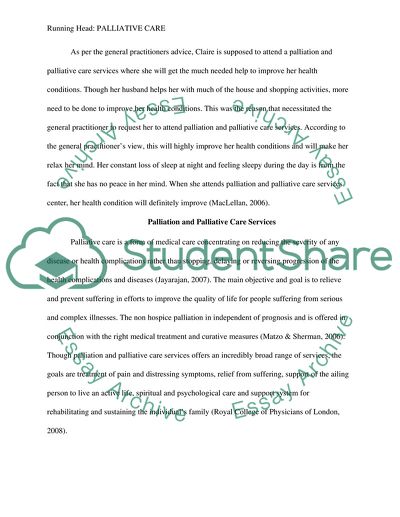Cite this document
(Palliation and Palliative Care Services Case Study, n.d.)
Palliation and Palliative Care Services Case Study. Retrieved from https://studentshare.org/health-sciences-medicine/1741539-read-the-descriptor-and-presentation-criteria-in-the-assignment-requirements
Palliation and Palliative Care Services Case Study. Retrieved from https://studentshare.org/health-sciences-medicine/1741539-read-the-descriptor-and-presentation-criteria-in-the-assignment-requirements
(Palliation and Palliative Care Services Case Study)
Palliation and Palliative Care Services Case Study. https://studentshare.org/health-sciences-medicine/1741539-read-the-descriptor-and-presentation-criteria-in-the-assignment-requirements.
Palliation and Palliative Care Services Case Study. https://studentshare.org/health-sciences-medicine/1741539-read-the-descriptor-and-presentation-criteria-in-the-assignment-requirements.
“Palliation and Palliative Care Services Case Study”, n.d. https://studentshare.org/health-sciences-medicine/1741539-read-the-descriptor-and-presentation-criteria-in-the-assignment-requirements.


